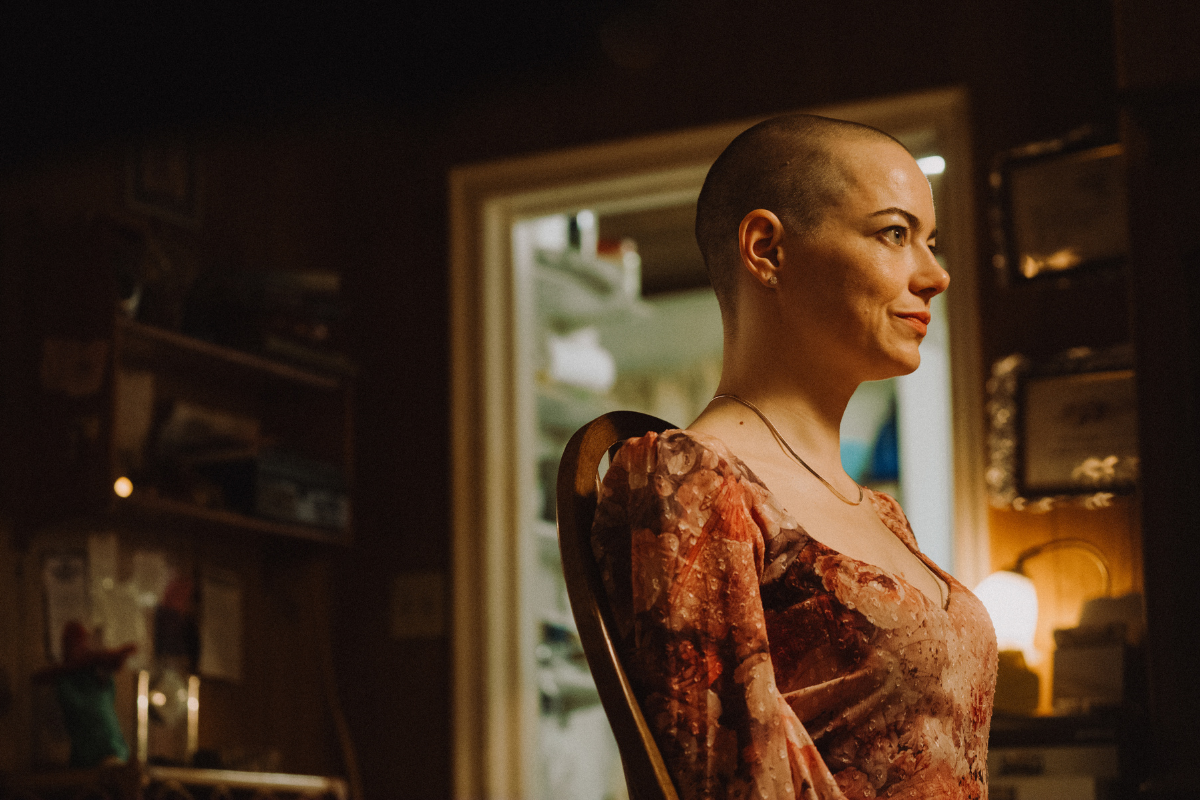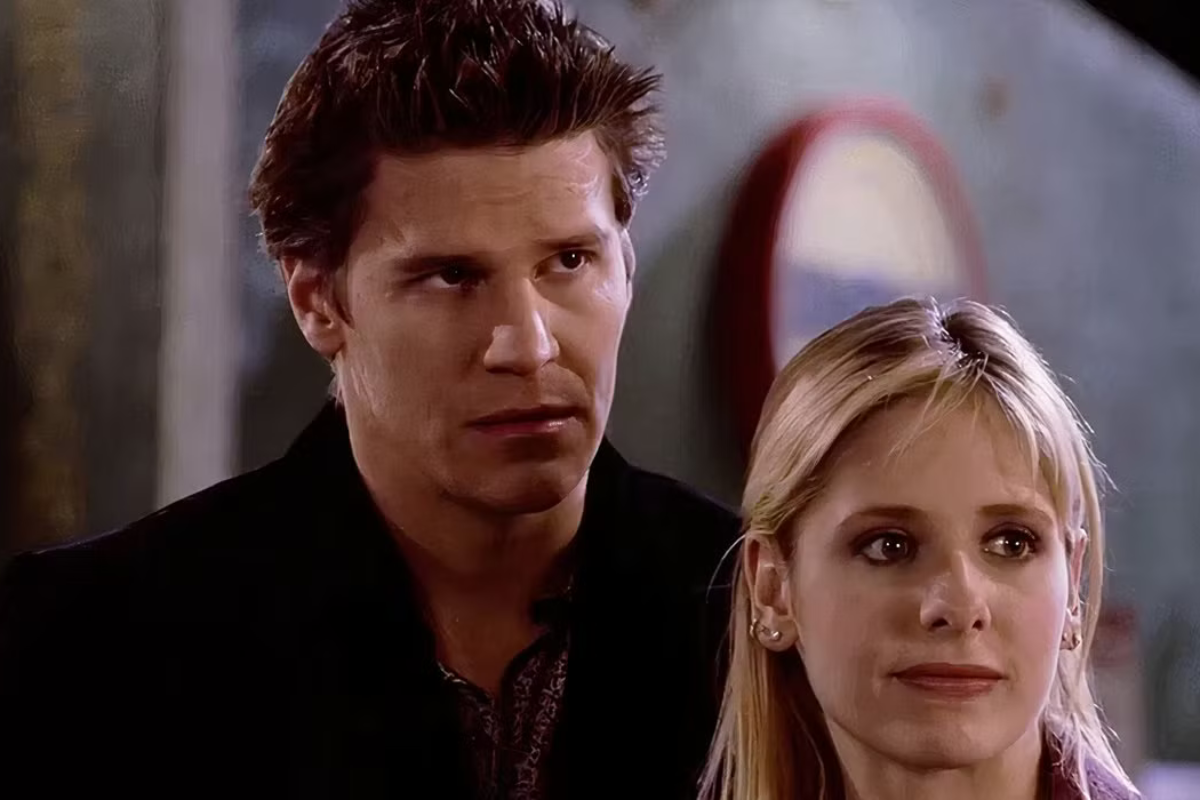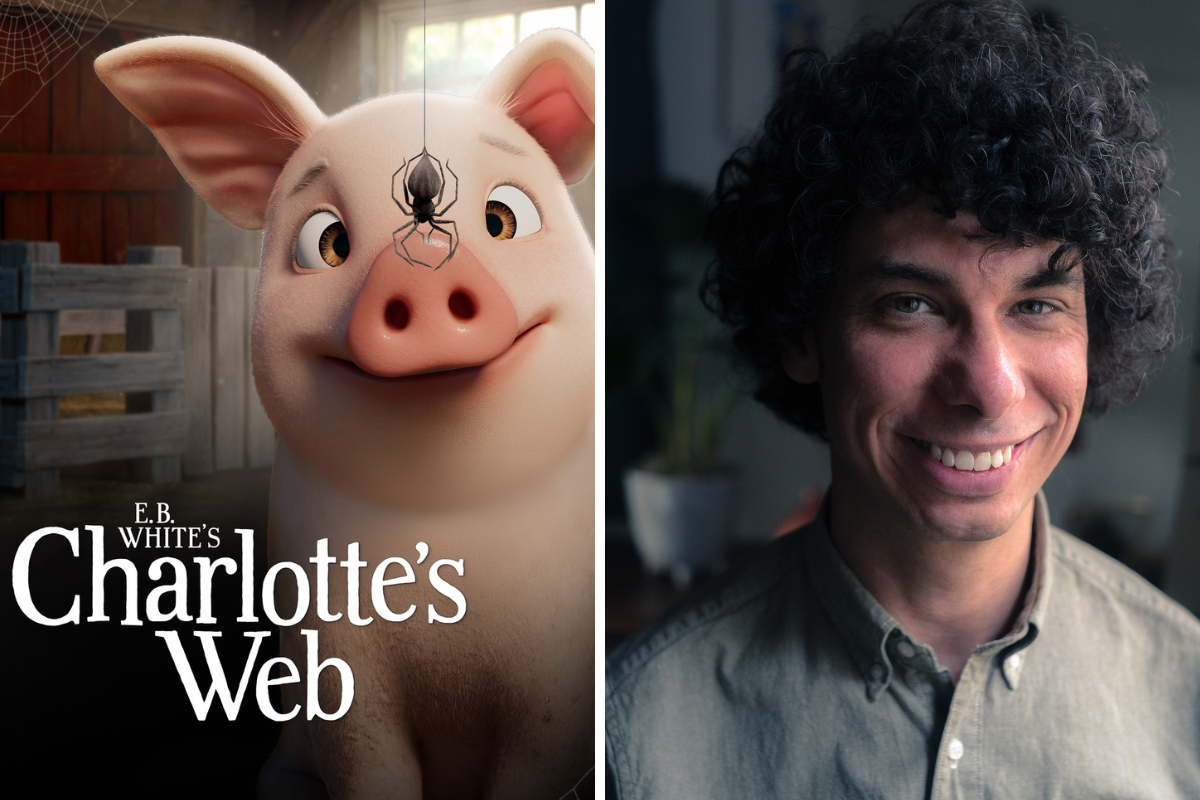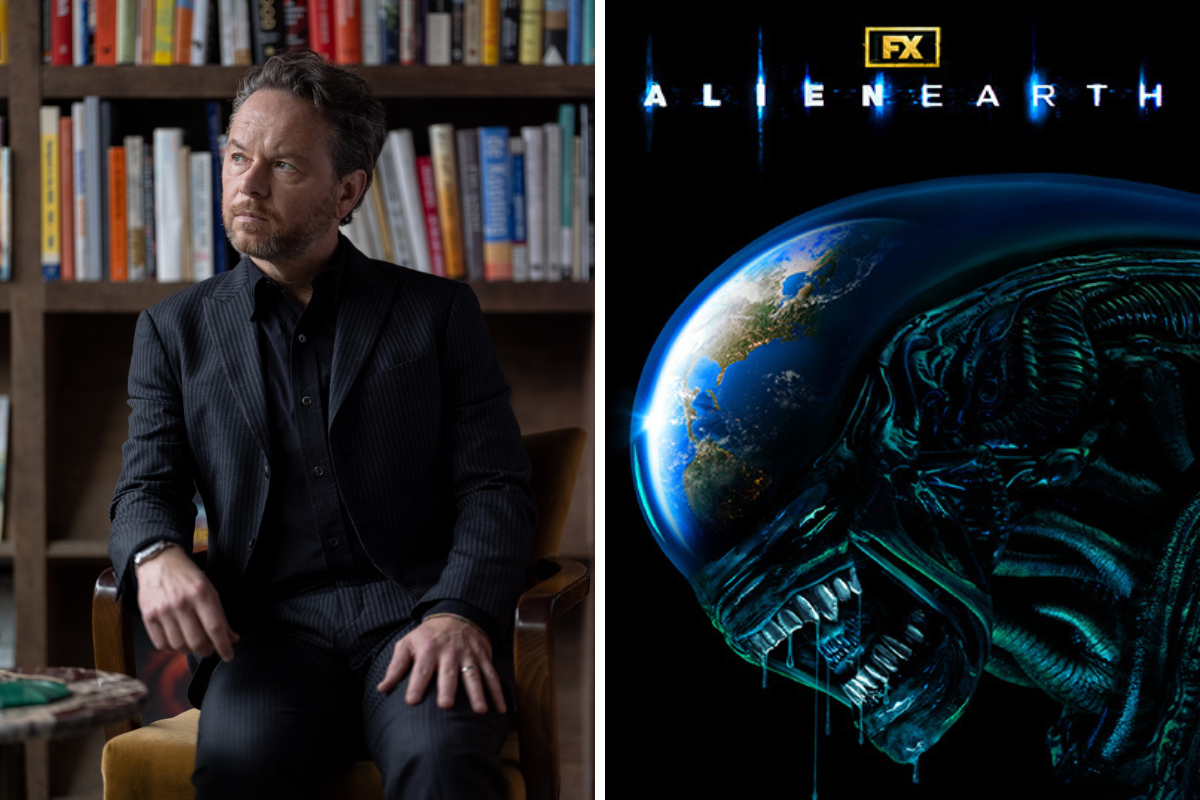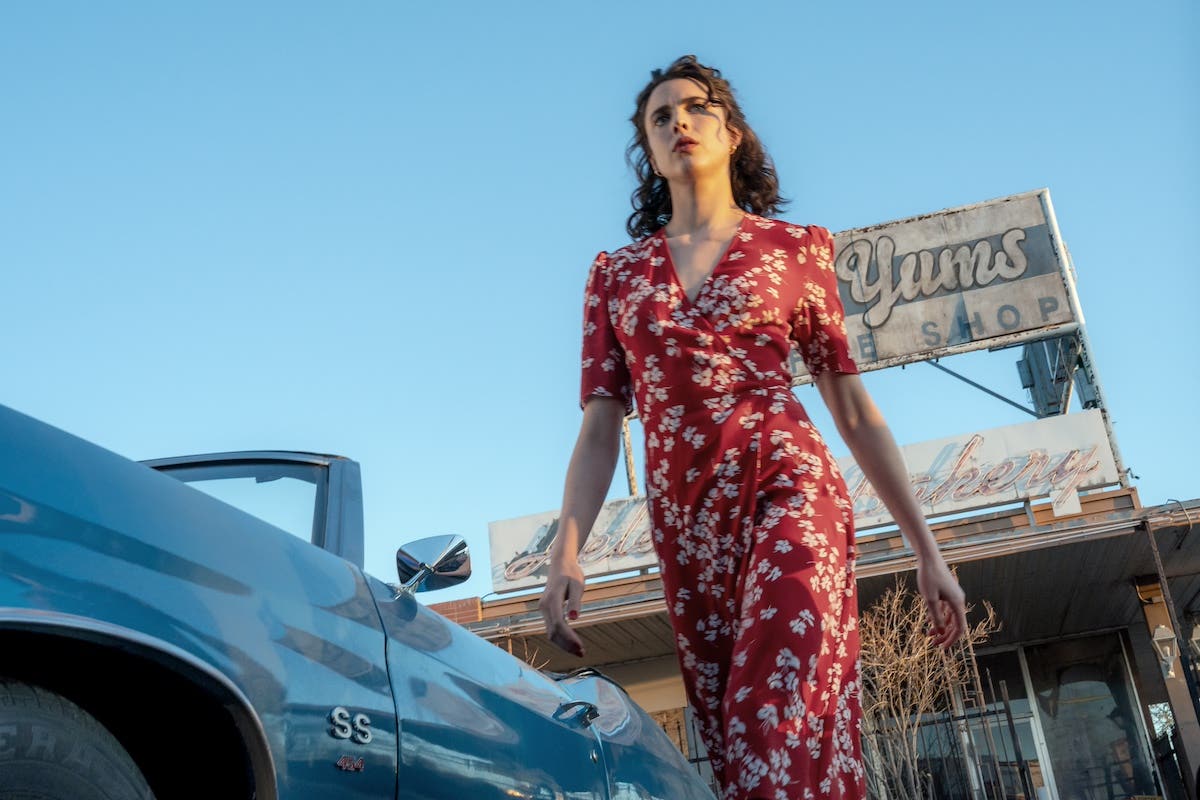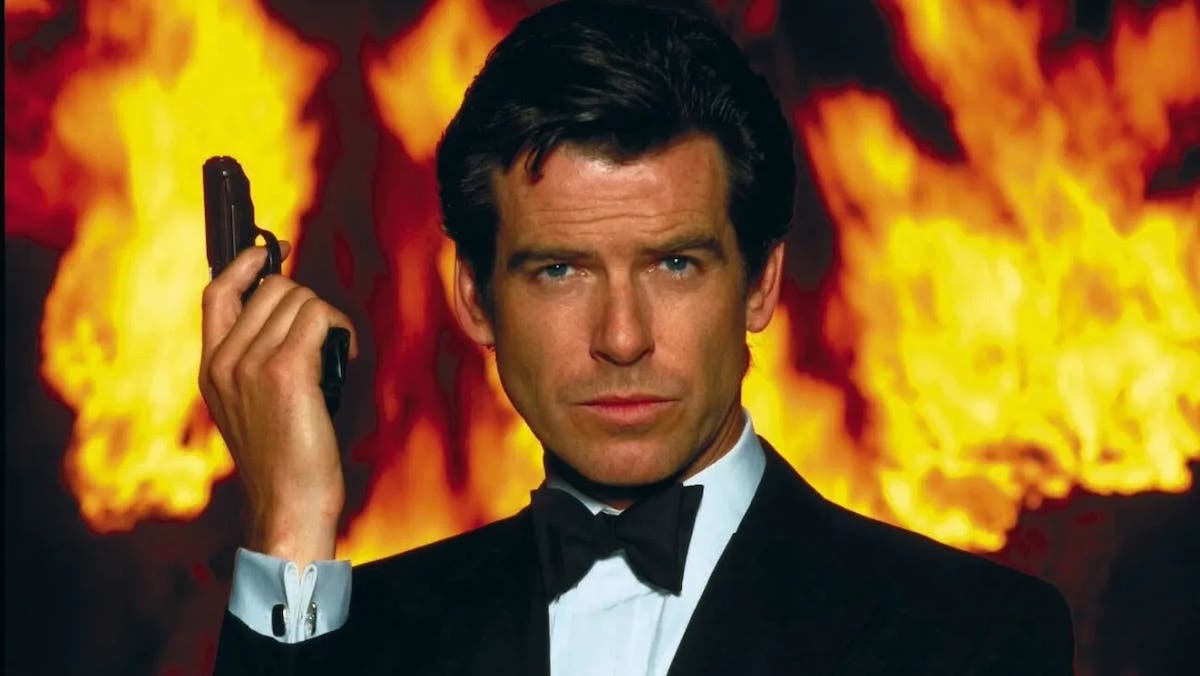TV WRITING TIPS & TRICKS: Character Development In Television Series Drama
Yvonne Grace discusses character development in the television series narrative and how a multi-layered character enhances and complicates a strong TV drama.
Yvonne Grace is an award-winning Television Drama Producer with 20+years experience in Script Development, Script Editing and Drama Production for the BBC, CITV and ITV. Her Script Consultancy Script Advice delivers workshops, provides online TV writing training and develops writer talent. Follow Yvonne on Twitter @YVONNEGRACE1.
I like to plough my own furrow. Follow my instincts. The times I have ignored those instincts (both in my professional and personal life), I have regretted it.
So when it comes to my passion: writing, telling stories and working with those that do the same, I am glad to say that in the storm of opinion that seems to constantly rage across the inter-web surrounding the rules; the must-do’s and the never-forgets and the mind-you-add items screenwriters are asked to know, I have at times been a lone voice.
But that’s OK. In the business of Television Drama Development and Production, Opinion Is All. Producers and Script Consultants are paid to have them. We are expected to craft, support and deliver great drama based (in the large part) on opinion. Subjective; yes. But that is OK too.
So, I say - YES to structure. Yes to storylining, series outlining, I say write a pitch page first, then extend this to a treatment, then get your first episode outlined and now write. Yes, write now that you know where your story is going.
But I also say a big fat NO. No to prescriptive adherence to a story formula. Forcing a twist or a plot beat to happen in minute 7, to furnish the first ad break is not what great screenwriting is about.
Television traditionally has a 4 or 5 act structure - this is to do with the ad breaks. There are 3 ad breaks in an hour of TV drama.
Coming up to an ad break the story needs to have reached an interesting juncture; a twist, a moment of note - what I sometimes in script edit sessions call the ‘jag’ moment. When a character says, or does something unusual, (it may be small) or something revealing (again, it may be a tiny thing) but the idea is to keep the narrative momentum going through the hour on screen, and so at script stage it is important for the writer to furnish the storyline with those moments of intrigue, of revelation, of surprise.
However, it is only at the point of commission, when the script is being paid for and being monitored by those that have paid for it, that these specific time codes need to be injected into the script. If you do this beforehand, when it's at spec stage, I can guarantee they will change at the point of commission and the storyline will as a result.
So, the note I want to give here, and the point I want to make is this:
- Plot your storyline across your hour with the twists and turns that feel natural and right.
- Avoid using formula to create your drama.
- Don’t become a slave to prescription.
Which brings me to the issue of Character Development in television series, and the role character plays not only in the telling of the story itself, but also in the structure of the script that holds it.
In the world of plot-driven, action-fixated, story engine-obsessed drama series, I urge writers not to forget that: Text and Subtext Work Together. Text is the muscle; Subtext is the energy that makes it work.
A character with an innate aptitude for logical thinking, analysis and experiment, who also carries the burden of a lack of self esteem, when faced with the biggest challenge of his life, will eventually turn from Walter White into Heisenburg.
Without the multi-layered complexity of his character, Walter White (Breaking Bad), the ineffectual chemist and so-so husband, would not have cast such a long shadow.
We all create stories from different routes. And there is no set or correct way of doing this.
The key however, is to be able to recognise very early on in your creative process, if this idea that pinged into your brain as you emptied the dishwasher, or if this character that announced their existence as you logged off for the day thinking you were done, gives you enough material to warrant a full hour of drama; let alone the further hours expected in a series format.
Sometimes the character comes first. The plot (what they do) comes out of the interplay between what they do and why they do it. So a cohesive world of narrative is formed.
Sometimes it is the existence of a set of circumstances, or an event happening that creates characters in a story, and how the characters react and in which way they engage with this event or circumstance, is the meat of this particular tale.
So do not be afraid, if the plot doesn’t immediately smack you between the eyeballs and declare itself ‘here,’ too: Let Character Do The Talking:
It’s all about motivation at the end of the day. And how a person reacts to an outside force, or to an internal battle, defines and shapes that person on screen for us.
The more complex and detailed your character; the greater their impact on the story lines of those around them and on the over all drama on screen.
And it is not only the subtext of one particular character that creates the layers of engagement we are looking for; it is also the points of connection that one character makes to another that truly begins to create and shape a cracking story that will engage over several episodes in series format.
I run storylining workshops for small and large groups in the UK.
When introducing the idea of a narrative series structure, I find a visual is useful. I talk to my writer delegates about a necklace hung with several beads.
When talking about each individual episode, (particularly if we are dealing with an episode with a central story (or A story) that resolves in each episode) I use the image of a bike wheel.
Here is the centre, (the character and their storyline from which all other storylines either immediately stem, or can be shown to be affected by that character). From it run the various storylines as spokes in a wheel.
There are no obvious connections here. Each ‘spoke’ appears to be independent of the next one.
That is where storylining comes in. The skill of this craft is to literally make those connections - bending the storylines until the script reflects those dramatic moments, large and small, created by the friction of one storyline coming into contact with another.
This connection is created by plot/text. This connection is also created by subtext.
When you are tackling Character Development in your scripts, let motivation be the largest ingredient you use.
John Truby: blogs for Rain Dance and quotes from his book Anatomy of Story:
‘The single biggest mistake writers make when creating characters is they think of the hero and all other characters as separate individuals. Their hero is alone, in a vacuum, unconnected to others. The result is not only a weak hero, but also cardboard opponents and minor characters who are even weaker.’
Happy Writing.
- More articles by Yvonne Grace
- Character Development: FREE Creating Dynamic Characters Webinar
- Balls of Steel: Are Script Consultants Worth It?
Get help learning ins and outs of TV writing
in Dan Calvisi's webinar
TV Writing for Feature Writers
Yvonne Grace writes about her experience as a TV Drama Producer of Series. She covers the craft of writing for television from the writer and the producer’s perspective. Yvonne talks about the relationships in television; how the production works with the writer to get the job done. She writes about script editors, agents, social networking, working collaboratively and digs into what makes great TV drama and how to create must-have documents that sell your best ideas to the max. She features links, tips and the do’s and dont’s when working in TV as a writer. Twitter: @YVONNEGRACE1


